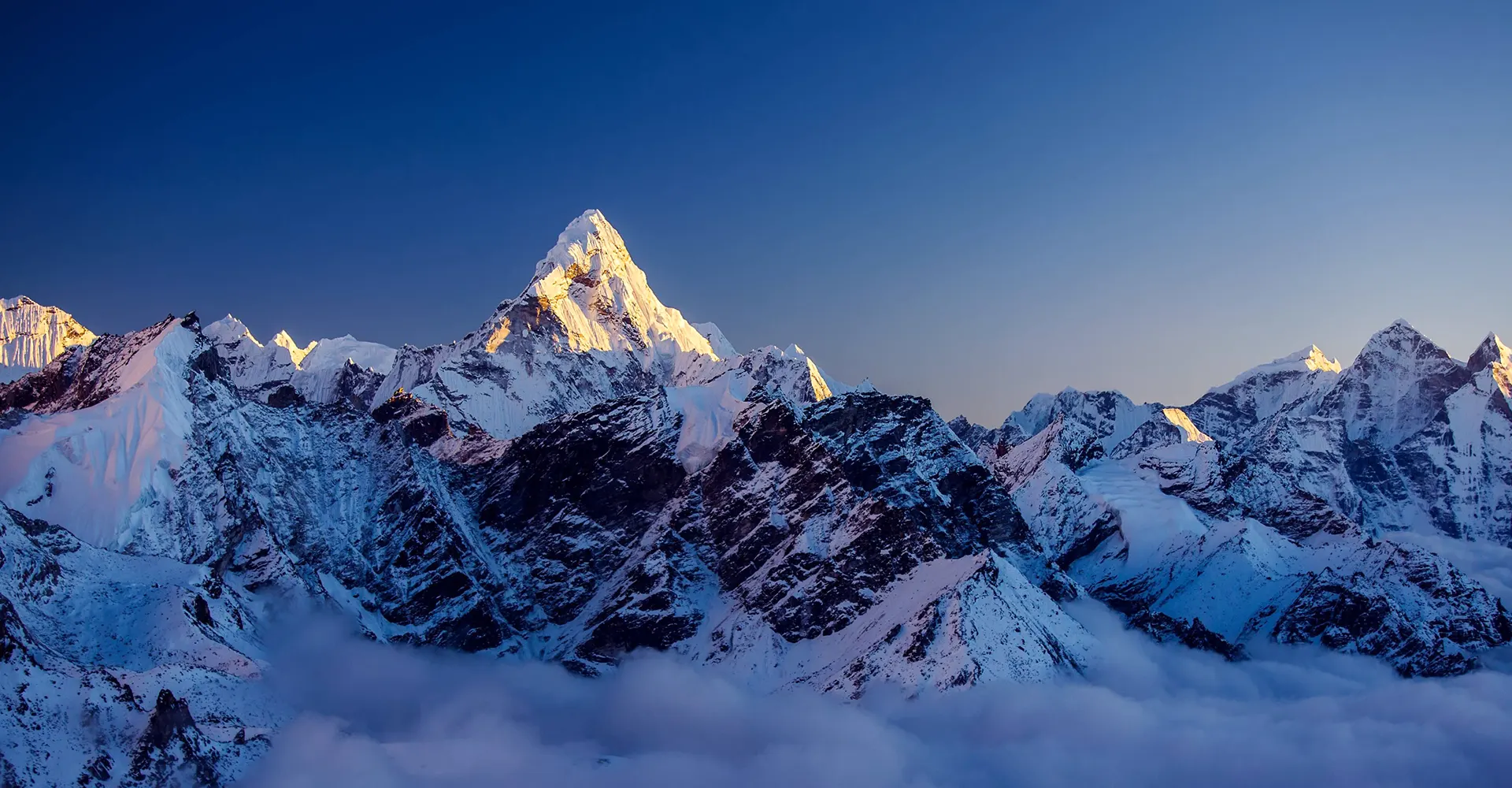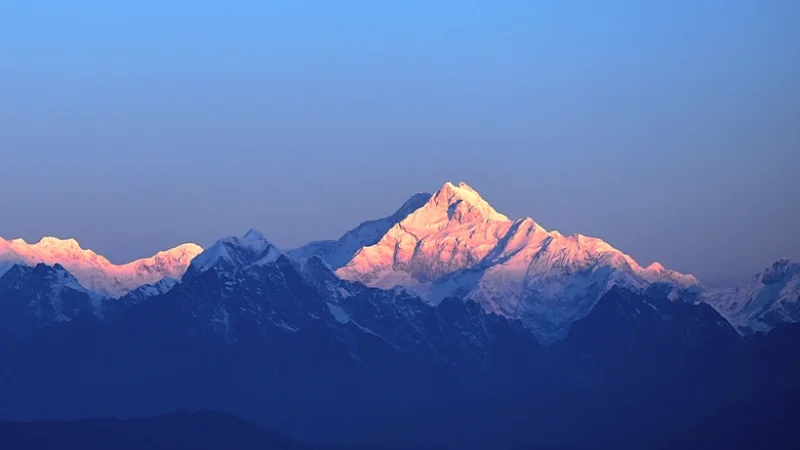Overview
A small number of regions in Nepal are remote and are rarely visited by tourists. The Kanchenjunga area is one among them. Located in the Kanchenjunga region, Mount Kanchenjunga, at an altitude of 8,586 meters, is the third-highest peak in the world and the second-highest peak in Nepal.
The Tamur River limits Mt. Kanchenjunga to the west, the Lhonak Chu and Jongsang La to the north, and the Teesta River to the east. Kanchenjunga is also referred to as, “Five Treasures of Snow”.
Basically, the Kanchenjunga Region has also been highlighted by travelers who are interested in rich nature and culture trekking routes that have not been changed by people. You can find many different kinds of plants, birds, mammals, cultural communities, religions, and cultures everywhere except in the high Himalayas.
In this area, you can experience both subtropical and alpine zones. This means that during your trip, you will be able to see differences in every way, from different religions to different castes and cultures to subtropical plants.
Camping treks are more common in the Kanchenjunga Region due to the limitation of hotels, restaurants, and other amenities. However, tea house treks are also possible for those interested.
When it comes to camping and teahouse treks in the Kanchenjunga region, Nepalholiday has you covered with years of experience and the ability to host parties of any size.
Highlights of the Kanchenjunga Region
- One of the most gorgeous trekking regions in Nepal, which is unspoiled and well-preserved.
- Pathibhara Temple, a highly regarded Hindu temple in Nepal.
- Unique cultural encounters with the Lepchas, Sherpa, Tamang, Rai, and Limbu people, maintain their distinct traditions, customs, and occupations.
- Glaciers like; Yalung Glacier and Kanchenjunga Glacier which you will get to spot from various routes.
The Himalayas of the Kanchenjunga Region
- Mt Kanchenjunga (8,586 m)
- Mt. Kabru (7,412 m)
- Gimmigela Chuli (7,350 m)
- Kirat Chuli (7,365 m)
- Pathibhara Chuli (7,123 m)
- Langpo Peak (6,398 m)
- Mt Kumbhakarna (7,710 m)
- Drohmo Peak (6,881 m)
Kanchenjunga Conservation Area
The Kanchenjunga Conservation Area is among the most biodiverse and unique protected areas in Nepal. Mountains, lakes, rivers, glaciers, icefalls, and, most significantly, the flora and fauna all contribute to the region’s wealth. Taking a trek through this region, which is located in the east of Nepal, is a great way to see the country.
The park is home to a wide variety of flora and fauna, including birds such as the Golden-breasted Fulvetta, Snow Cock, Blood Pheasant, and Red-Billed Chough and mammals such as the Snow Leopard, Asian Black Bear, and Red Panda.
It is envisioned that the conservation area, with its diverse mountain ecosystems, will one day be a tri-national peace park encompassing all three countries: China to the north, Sikkim, and India to the east. Khangchenzonga National Park in Sikkim borders the KCA, while the Qomolungma Nature Reserve in the TAR is currently being expanded to encompass land bordering the KCA in China.
In support of WWF’s Living Planet Campaign 2000, the government of Nepal designated the Kanchenjunga region as a Gift to the Earth in April 1997.
People and Culture of Kanchenjunga Region
Kanchenjunga, like other Nepali trekking destinations, has a rich cultural history. There are many different ethnic groups in Nepal, each with its own language, customs, and economy (this is especially true of the Sherpa, Tamang, Rai, and Limbu).
While agriculture is becoming increasingly important to the economy of the Kanchenjunga region, it is still not a reliable source of income for most residents. Individuals play both direct and indirect roles in the tourism industry. Other industries that contribute to the region’s economy include retail and hospitality.
Where is the Kanchenjunga Region located?
The Kanchenjunga Region of Nepal can be found in the eastern Himalayas, close to the border with the Indian state of Sikkim; the northeastern corner of India.
How to get to Kanchenjunga Region?
There are two ways to get to Kanchenjunga in order to begin your trek: the first is to take a flight from Kathmandu to Bhadrapur, which takes about forty-five minutes. Second, take a jeep ride to Birtamod, and then take a bus journey to Taplejung.
When to visit the Kanchenjunga Region?
The months of March through May are typically considered to be the ideal time for a trip to Kanchenjunga. In addition, autumn (September-November) is also the finest season to visit Kanchenjunga since the mountain ranges are at their most beautiful.
© Copyright 2024 Eco-friendly Treks. Website Developed by: AVIVA







